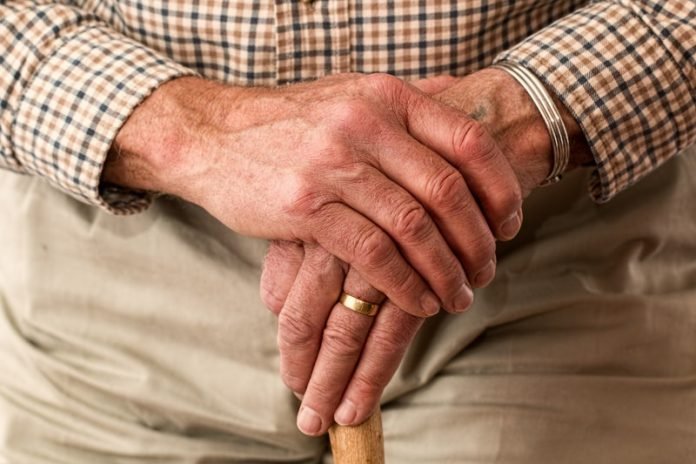
In a new study, researchers found biological mechanisms that make people more susceptible to muscle weakness in later life.
They found diseases such as osteoarthritis and diabetes may play a large role in susceptibility.
The research was conducted by a team at the University of Exeter and elsewhere.
As we get older we lose muscle strength, and in some people, this severe weakness impacts their ability to live everyday lives, a condition called sarcopenia.
Around 10% of people over 50 experience sarcopenia. Many causes thought to impact the likelihood of developing this weakness, which is linked to higher death rates.
In the study, the team did a genetic analysis of over 250,000 people aged over 60 from UK Biobank and 21 other databases.
They looked at handgrip strength, using thresholds of loss of muscle function derived from international definitions of sarcopenia.
The team then conducted a genetic analysis and found specific biological mechanisms that push some people towards sarcopenia, whilst protecting others.
They identified 15 areas of the genome, or loci, linked to muscle weakness, including 12 loci not implicated in previous analyses of grip strength.
The strongest associations were close to regions of the genome regulating the immune system, and the growth and development of the musclo-skeletal system.
Biomarkers in the blood including red blood cells and inflammation may also share causal pathways with sarcopenia.
The team also found that the muscle weakness in older people shared common genetic pathways with metabolic diseases such as type-2 diabetes, and auto-immune conditions such as osteoarthritis and rheumatoid arthritis.
In subgroups of people with increased risk of these conditions, sarcopenia may be a key outcome to look out for and prevent.
Together, these results highlight specific areas for intervention or for identifying those at most risk.
One author of the study is Garan Jones.
The study is published in Nature Communications.
Copyright © 2021 Knowridge Science Report. All rights reserved.



